Species: California Halibut (Paralichthys californicus)
Location: Chetco River South Jetty, Brookings-Harbor, OR
Date: July 13, 2013
While fishing with my friend David Clarke, I tried to relive an amazing trip to Brookings I’d had years earlier. Sadly, it wasn’t happening.
The charter boat had provided good fishing, but David was so seasick, he didn’t get to wet a line much. He did manage some respectable rockfish and a nice Lingcod.
I, meanwhile, avoided the seasickness and boated 15 rockfish (Black, Canary, Yellowtail) and two Lingcod.
The meat in the cooler, we opted to try shore fishing the next day, and it was slow. Apart from a few Pacific Staghorn Sculpin, we were more or less getting nothing.
So we improvised, and I goofed off which my relatively new smartphone and its built-in camera.

All we caught were tiny flatfish after that, and at the time, I couldn’t identify them. That’s partly because California Halibut, a species I’d hooked before but never landed, can be left- or right-eyed.
To the non-flatfish aficianados out there, flatfish are completely flat and have all coloration and external organs on one side while the other side is plain, semi-translucent white. The white side rests on the bottom while the side with eyes, camouflage, and the mouth goes up. They rest in the sand or mud for some hapless prey species to come by, and it’s all over.
Most species are either right- or left-eyed, but California Halibut can be both. It’s more problematic that they’re usually left-eyed, and we caught five that were right-eyed that day.
Eventually, I got my ID, and Species #48 was in the bag.
#SpeciesQuest // #CaughtOvgard
Read the next entry in #SpeciesQuest here: Species #49 — Coho Salmon.


0n9lje
2r65ly
wcyhz8
smcgvp
9w1q18
752pob
mfvy6p
vjpcxv
Fantastic blog you have here but I was curious about if you knew of any forums that cover the same topics talked about in this article? I’d really like to be a part of group where I can get suggestions from other knowledgeable individuals that share the same interest. If you have any suggestions, please let me know. Kudos!
7rcade
Hi caughtovgard.com webmaster, Your posts are always well thought out.
23s4kt
8lygnl
kg3nw8
ed31kk
Hi, Neat post. There’s an issue with your site in web explorer, may test this?K IE still is the marketplace chief and a large portion of other folks will miss your wonderful writing due to this problem.